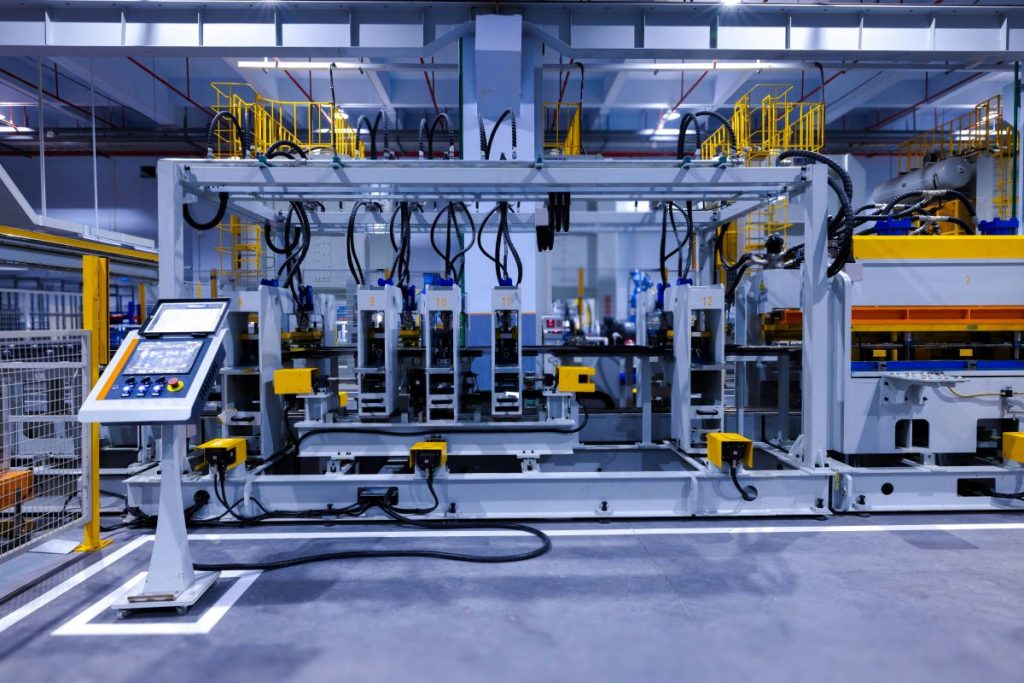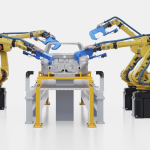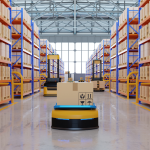Gartner research highlights the role of frontline workers in driving value from smart manufacturing investments.
Empowering Workers for Maximum ROI
The connected factory promises significant efficiency gains through automation and digitalization, but according to Gartner, organizations will only realize the full return on investment (ROI) with a human-centric approach. Rather than sidelining employees, the most successful factories will empower their workforce with digital tools that enhance decision-making and reduce variability on the production floor.
Simon Jacobson, Vice President Analyst in Gartner’s Supply Chain practice, emphasizes the importance of frontline involvement, stating, “The connected factory worker can serve as a strategic pillar in supporting an organization’s aim of localizing manufacturing and expanding capacity.” He notes that connected factory workers are a strategic pillar in expanding manufacturing capacity and localizing operations. In an environment marked by labor shortages, this approach can revitalize the workforce and create a more appealing employee value proposition.
Building a Resilient Workforce
Companies pursuing connected factory initiatives can expect to see immediate operational savings, but the longer-term value will come from enhancing employee experience and upskilling talent. Gartner suggests that organizations adopting a worker-centric strategy will also be better positioned to create new roles that engage the next generation of manufacturing talent.
Moreover, involving frontline workers in shaping smart manufacturing solutions ensures the workforce remains adaptable and capable of meeting evolving operational demands. Organizations that involve their frontline associates in shaping smart manufacturing are more likely to exceed expectations,” Jacobson added. Organizations that embrace this approach are more likely to exceed expectations in both productivity and employee satisfaction.
Leading the Way: Turning Connected Factories into Workforce Hubs
Leaders in supply chain and manufacturing should view connected factory strategies not merely as technology investments but as workforce transformation initiatives. To achieve this, companies can begin by assessing current skill gaps and providing tailored training programs that build digital literacy among frontline staff.
Establishing cross-functional teams that include both operational and IT experts can ensure that technology investments are aligned with practical needs on the factory floor. Additionally, implementing feedback loops where employees contribute insights on system performance can drive continuous improvement.
Prioritizing user-friendly interfaces and clear communication about the purpose of digital tools will accelerate adoption and engagement. By empowering employees with real-time insights and decision-making autonomy, companies will not only enhance operational resilience but also gain a sustainable competitive advantage.
“`







